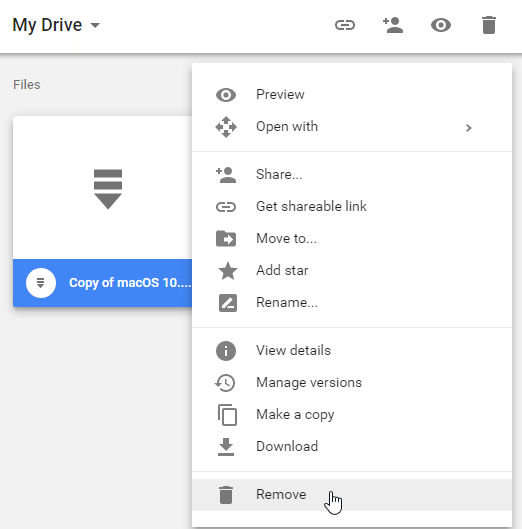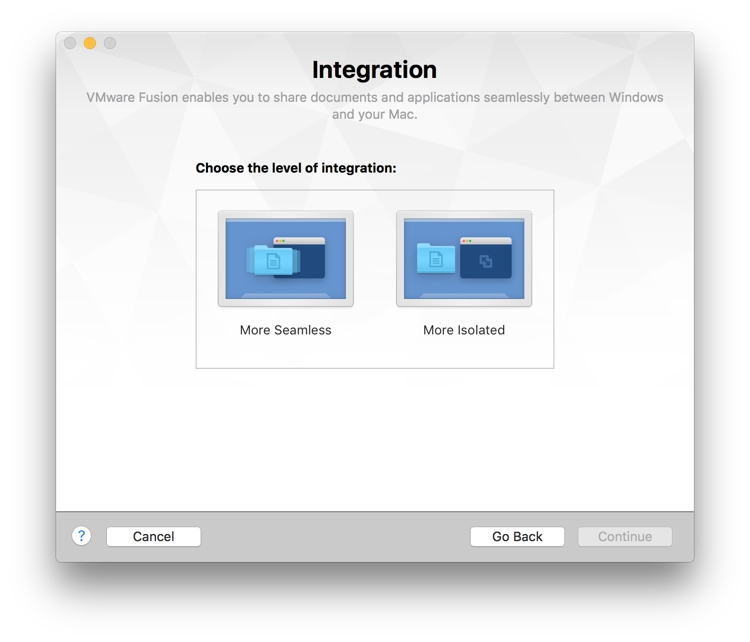

- #HOW TO RUN WINDOWS VM ON MAC HOW TO#
- #HOW TO RUN WINDOWS VM ON MAC INSTALL#
- #HOW TO RUN WINDOWS VM ON MAC PATCH#
- #HOW TO RUN WINDOWS VM ON MAC CODE#
How to Create a macOS Big Sur Virtual Machine Using VMware Workstation Player VBoxManage setextradata "macOS Big Sur" "VBoxInternal/Devices/smc/0/Config/GetKeyFromRealSMC" 1Īfter the completion of the commands and presuming you encountered no errors, close the Command Prompt. VBoxManage setextradata "macOS Big Sur" "VBoxInternal/Devices/smc/0/Config/DeviceKey" "ourhardworkbythesewordsguardedpleasedontsteal(c)AppleComputerInc" VBoxManage setextradata "macOS Big Sur" "VBoxInternal/Devices/efi/0/Config/DmiBoardProduct" "Mac-AA95B1DDAB278B95" VBoxManage setextradata "macOS Big Sur" "VBoxInternal/Devices/efi/0/Config/DmiSystemVersion" "1.0" VBoxManage setextradata "macOS Big Sur" "VBoxInternal/Devices/efi/0/Config/DmiSystemProduct" "iMac19,1" Here are the commands: VBoxManage.exe modifyvm "macOS Big Sur" -cpuidset 00000001 000106e5 00100800 0098e3fd bfebfbff For instance, my virtual machine name is macOS Big Sur. Adjust the command to match the name of your virtual machine. Now, enter the following commands, one by one. Use the following command to locate the Oracle VirtualBox directory: cd "C:\Program Files\Oracle\VirtualBox\" Then right-click the Best Match, and select Run as Administrator.

If your menu only shows the PowerShell option, type command into your Start menu search bar. Once closed, press the Windows key + X, then select Command Prompt (Admin) from the menu. The commands will not execute properly if VirtualBox or any of its associated processes are running.
#HOW TO RUN WINDOWS VM ON MAC CODE#
To do this, you need to enter some code using the Command Prompt.
#HOW TO RUN WINDOWS VM ON MAC PATCH#
To get it up and running, you have to essentially patch VirtualBox before the macOS virtual machine will function. In its current configuration, VirtualBox doesn't work with your macOS disk image.

It still isn't quite time to fire up your macOS Big Sur virtual machine. Use the Command Prompt to Add Custom Code to VirtualBox Browse to and select your macOS Big Sur disk image.įinally, head to the USB tab and select USB 3.0, then press OK.ģ. Next, select the disk icon alongside Optical Drives. Now, under Storage, select the blank disc under Storage Devices. Under Display, set Video Memory to 128MB. Make sure the Enable PAE/NX box is checked. If you have a CPU with power to spare (such as an Intel Core i7 or i9 with multiple extra cores), consider assigning more. Under System, remove Floppy from the boot order. You can find the tutorial and the code snippet in the section below.įurthermore, you will find links to several AMD macOS Catalina, Mojave, and High Sierra virtual machine tutorials, at the end of the article. Launching the macOS Big Sur virtual machine is the same as the Intel version but uses a slightly different code snippet. There is, however, the code snippet that anyone using an AMD system requires to boot a macOS Big Sur using VMware on AMD hardware. Unfortunately, I do not have access to any AMD hardware, so I cannot provide a tutorial. This tutorial will focus on installing macOS Big Sur in a virtual machine running on Intel hardware, using either VirtualBox or VMware Player. You can find the download links for macOS Big Sur in the next section.
#HOW TO RUN WINDOWS VM ON MAC INSTALL#
What Files Do You Need to Create a macOS Virtual Machine on Windows 10?īefore delving into the "how-to," you need to download and install the essential tools.

So, here's how you install macOS in a virtual machine on Windows, making a virtual Hackintosh that lets you run Apple apps from your Windows machine. What better way to do that than from the safe confines of your existing operating system with a virtual machine? This way, you can run macOS on Windows, which is perfect for using Mac-only apps on Windows. It has its quirks and annoyances, but which operating system doesn't? Even if you're beholden to Microsoft and Windows 10, you can still shop around.


 0 kommentar(er)
0 kommentar(er)
